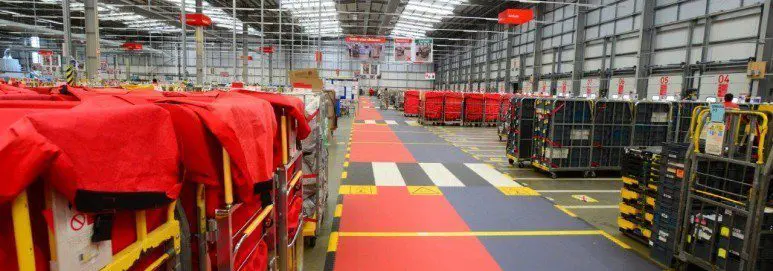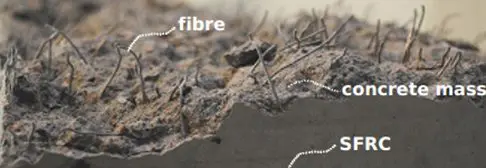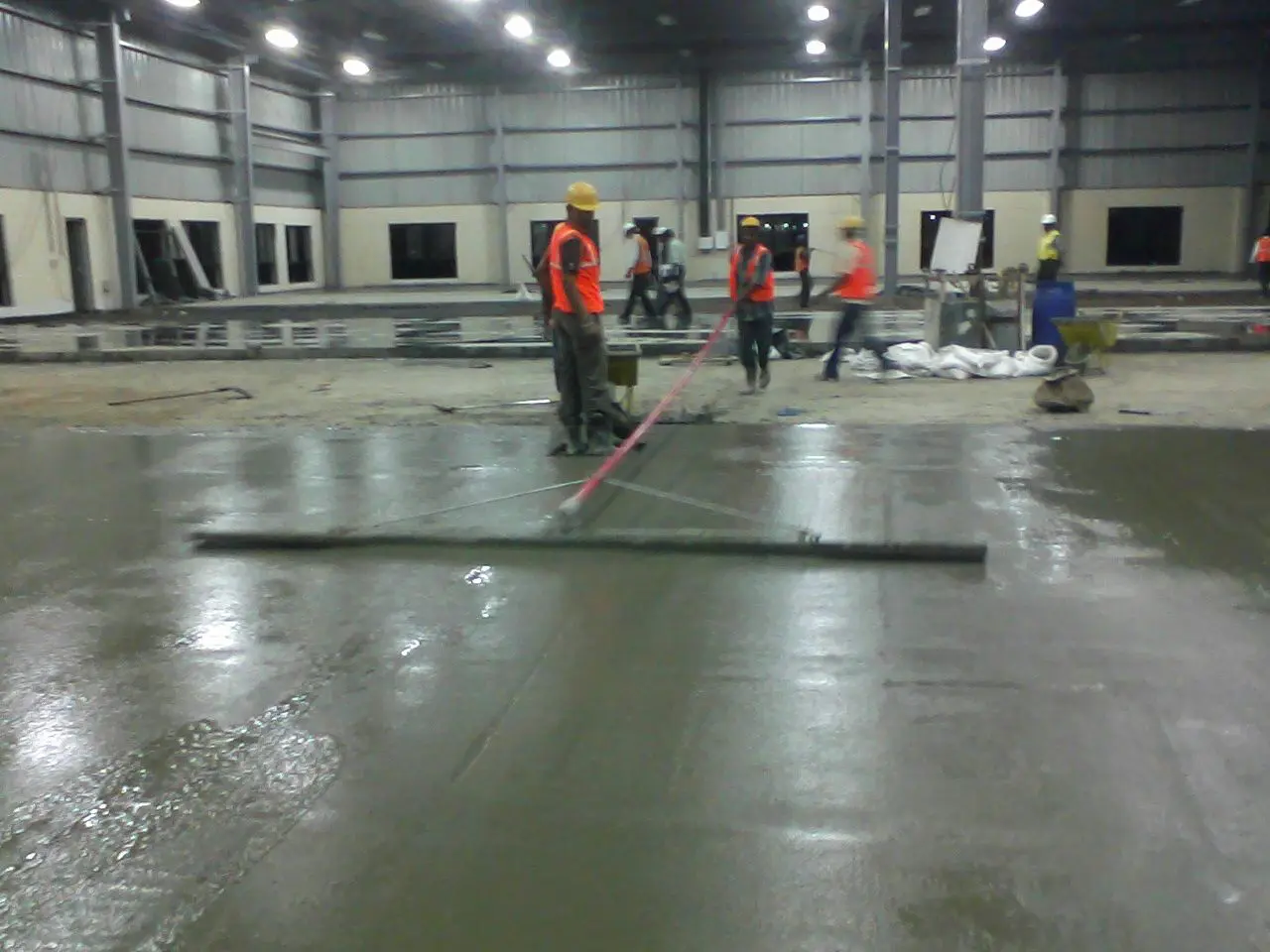Floors are given to provide a surface for the production and people’s activities. Industrial floors must have strength and endurance to resist tensile, compressive and bending forces, including impact and abrasion. In addition, it should be resistant to aggressive physical and chemical factors.
So in order to obtain floor having good properties, fibers come in the role. The fibre reinforced concrete will provide a good resistance against compressive and bending forces, impacts and abrasion.

Industrial Floor Characteristics
The industrial floor is an important structure due to its relation with quality of production, labour comfort, and human health. It should resist very harsh mechanical impacts and should have the property of dust separation and conductivity; they must be non-sparking; with special thermal engineering requirements. Also, floors should be resistant to high temperature or various chemical environments, including the aggressive environment.
Flooring costs reach around 20% of single–story building and it consumes 40% – 50% of total concrete. It is consist of four parts:
1) Flooring
2) Subfloor (underlayment)
3) Damp proofing
4) Grade
The subfloor is the main part of industrial floors it distributes the loads to the grades. Hard subfloor must be made of concrete C20/25 at least if we don’t want hard subfloor we can use lower classes, but not less than C8/10. The thickness of floor should not be less than 100mm while using concrete subfloor as flooring, its estimated thickness must be increased by 20 – 30 mm. By using FRC, we can reduce the thickness and can increase the properties of industrial floors.
Fiber Reinforced Concrete
Fiber Reinforced Concrete is a composite material consisting of cement, aggregate and discontinues, discrete, uniformly dispersed suitable fibers.
Plain concrete is a brittle material with limited ductility and low tensile strength and strain capacity. If the concrete has any internal micro-cracks are present in concrete. Thus, the concrete leads to heavy brittle fracture.
The role of randomly distributed fibers is to bridge across the cracks and to provide some post-cracking ductility. If the fibers are sufficiently strong and bonded to the material then FRC will carry significant stress over a relatively large strain capacity in the post cracking stage.


How to Apply Fibers to concrete
Steel fibres are mostly preferred for industrial flooring. There are mainly three methods to apply fiber into concrete:
1) Add the fibers to the truck mixer after all other ingredients, including the water, have been added and mixed.
2) Add the fibers to the aggregate stream in the batch plant before the aggregate is added to the mixer.
3) Add the fibers on top of the aggregates after they are weighed in the batcher.

Advantages of adding Fiber Reinforcements in Concrete
Improved Mechanical Properties by FRC:
- The presence of the fiber in concrete will only have a minor effect on the improvement of compressive strength values (0 to 15 percent).
- The modulus of elasticity of FRC increases slightly with an increase in the fibers content. It was found that for each 1% increase in fiber content by volume there is an increase of 3% in the modulus of elasticity.
- The flexural strength will be increased by 2.5 times using 4 percent fibers by volume.
- For FRC, toughness is about 10 to 40 times that of plain concrete.
- The presence of 3 percent fiber by volume was reported to increase the splitting tensile strength of mortar about 2.5 times that of the unreinforced one.
- The impact strength of fibrous concrete is generally 5 to 10 times that of plain concrete depending on the volume of fiber used.
- Tensile strength-In direct tension, the improvement in strength is reported from 30-40% for addition up to 2% by total volume of fibers. It is observed that the split tensile strength increases from 10-45% in addition up to 3% by total volume of fiber.
- In FRC, there is a significant increase in flexural fatigue strength with increasing percentage of steel fibers. Almost 1 & 1/2 times, increase in fatigue strength due to the increasing use of steel fibers.
Limitations Associated with FRC
- Reduces the workability. Loss of workability is proportional to the volume concentration of fibers in concrete. Higher aspect ratio also reduced workability.
- Unless steel fibers are added in adequate quantity, the desired improvements cannot be obtained.
- Another problem is the corrosion of the surface that may influence the appearance of the surface.
Conclusion
- The use FRC in industrial flooring is because of its effect on labor comfort, process quality, and money savings.
- And it have better resistance on creep and impact load it also reduces the maintenance cost also it reduce 10%-30% in case of cost
- The use of FRC instead of concrete reduces the thickness of the slab and it increases the resistant to tensile loads, chemical environmental etc. By providing SFRC to the floor, it saves 17% concrete by reducing the thickness into 125mm.
- By adding the fiber, we have more possibility to use more efficient design solutions without the rod and transverse reinforcement, etc.
- Fiber reinforcement reduces the thickness of the subfloor about 20% – 30%, hence enabling to reduce the consumption of cement and fillers. The use of fiber meshes will enable to save 30% – 40% of steel.
- By providing fiber reinforcement, we can reduce the time consuming by eliminating reinforcement works.





